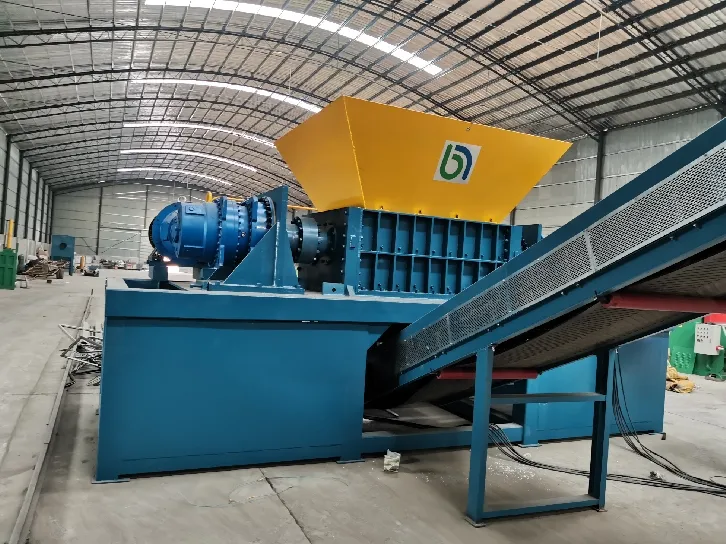

Tach . 08, 2024 17:10 Back to list
Understanding Eddy Current Non-Ferrous Separators A Key Technology in Recycling
In the realm of modern recycling technology, the need for efficient and effective separation methods is more important than ever. One of the most significant advancements in this field is the eddy current non-ferrous separator. This innovative piece of machinery plays a crucial role in the recovery of non-ferrous metals, contributing to sustainable practices and economic efficiency in the recycling industry.
How Eddy Current Separation Works
Eddy current separators utilize the principles of electromagnetism to separate non-ferrous metals from other materials. The core component of this technology is a rapidly spinning magnetic rotor that generates a powerful magnetic field. When a mixture of materials is fed into the separator, the eddy current generated by the rotor interacts with non-ferrous metals, such as aluminum, copper, and brass, causing them to become magnetized temporarily.
As these metals pass through the separator, they experience a force that propels them away from the other materials, which generally consist of ferrous metals and non-metallic substances. This selective separation enables the efficient extraction of valuable non-ferrous materials, allowing businesses to maximize their recovery rates and minimize waste.
The Importance of Non-Ferrous Metal Recovery
Non-ferrous metals are essential components in a wide array of products, from electronics and vehicles to construction materials and packaging. The global demand for these metals continues to rise, driven by technological advancements and the push for greener alternatives in various industries. Recycling non-ferrous metals not only conserves natural resources but also significantly reduces the energy consumption and environmental impact associated with mining and extracting these materials.
Eddy current separators, by facilitating the efficient recovery of non-ferrous metals, play a pivotal role in this circular economy. They help create a more sustainable resource cycle, ensuring that valuable materials are reused rather than disposed of in landfills.

Advantages of Eddy Current Separators
1. High Efficiency Eddy current non-ferrous separators are known for their high separation efficiency. They can detect and separate metals from mixed materials with minimal loss, ensuring maximum recovery.
2. Versatility These separators can handle a variety of waste streams, including municipal solid waste, industrial waste, and even electronic waste. Their adaptability makes them a valuable asset for recycling facilities.
3. Cost-Effectiveness By maximizing the recovery of valuable non-ferrous metals, businesses can reduce their operational costs associated with raw material sourcing. This economic incentive encourages more facilities to invest in eddy current technology.
4. Reduced Environmental Impact By promoting recycling and minimizing waste, eddy current separators contribute to lower carbon emissions and reduced landfill usage, fostering a more sustainable environment.
Conclusion
Eddy current non-ferrous separators represent a remarkable innovation in the recycling industry, exemplifying how technology can enhance efficiency and sustainability. As global demand for non-ferrous metals continues to grow, the importance of effective separation methods will only increase. Investing in such advanced technologies not only drives profitability for businesses but also supports a broader commitment to environmental stewardship.
In a world where resource conservation is paramount, eddy current separators stand as a testament to the potential of modern engineering to solve pressing challenges in metal recovery and recycling. As recycling facilities embrace these technologies, they contribute to a more sustainable future, making significant strides toward a closed-loop economy. The continued development and application of eddy current non-ferrous separators will play a vital role in shaping the future of the recycling industry.
Latest news
Troubleshooting Common Eddy Separator Problems
NewsJul.04,2025
The Role of Metal Recycling Plants in Circular Economy
NewsJul.04,2025
The Impact of Recycling Line Pickers on Waste Management Costs
NewsJul.04,2025
Safety Features Every Metal Shredder Should Have
NewsJul.04,2025
How Industrial Shredders Improve Waste Management Systems
NewsJul.04,2025
How Cable Granulators Contribute to Sustainable Recycling
NewsJul.04,2025